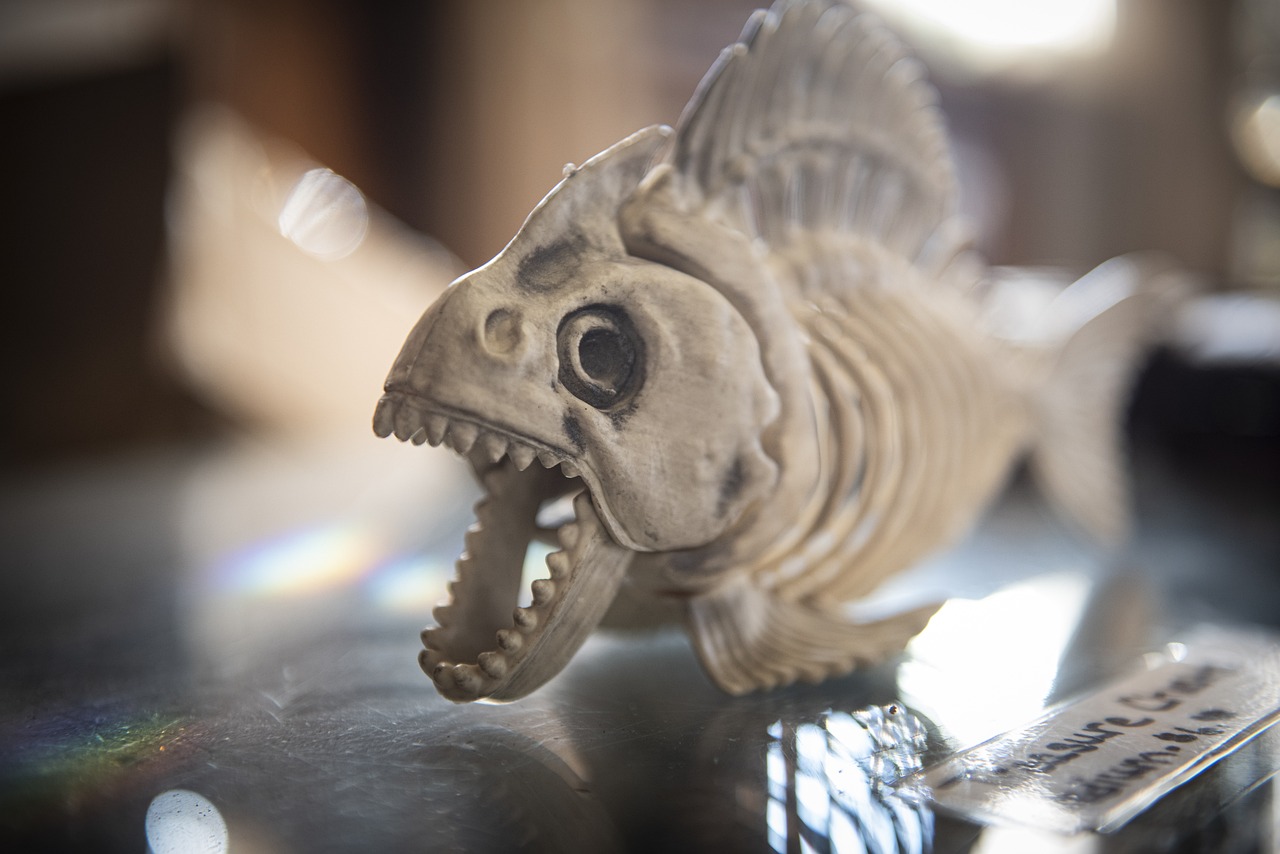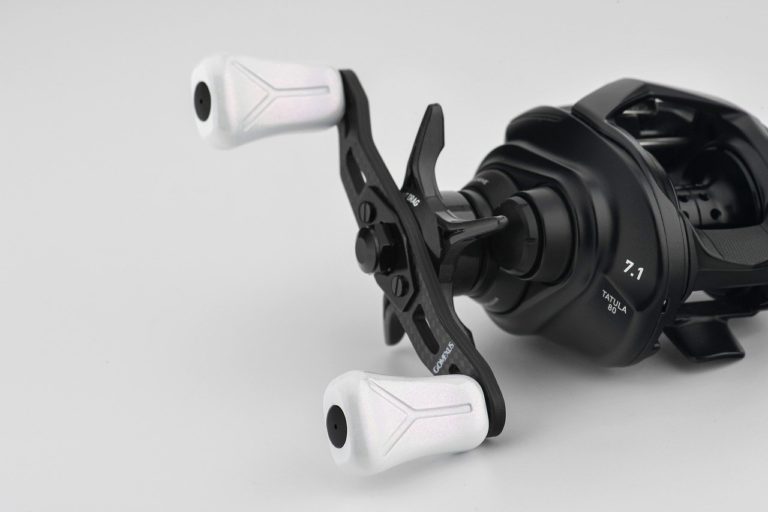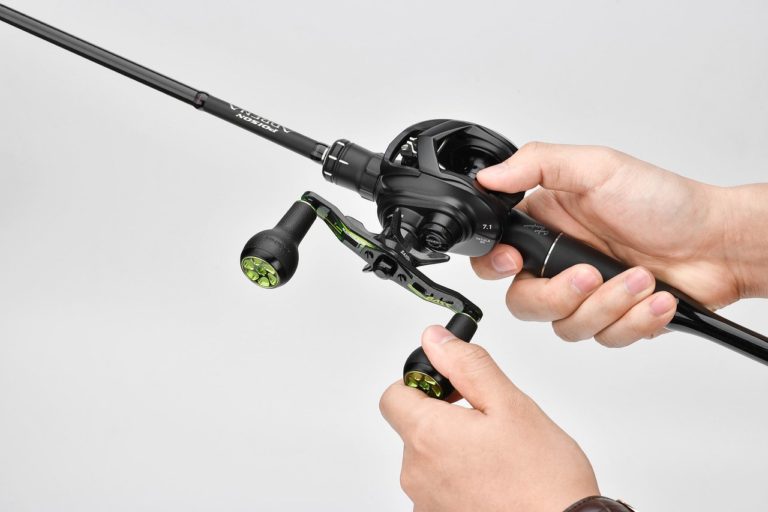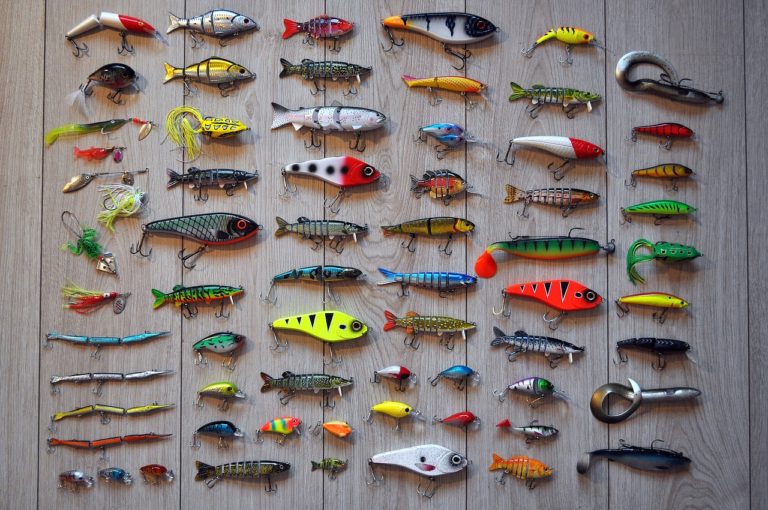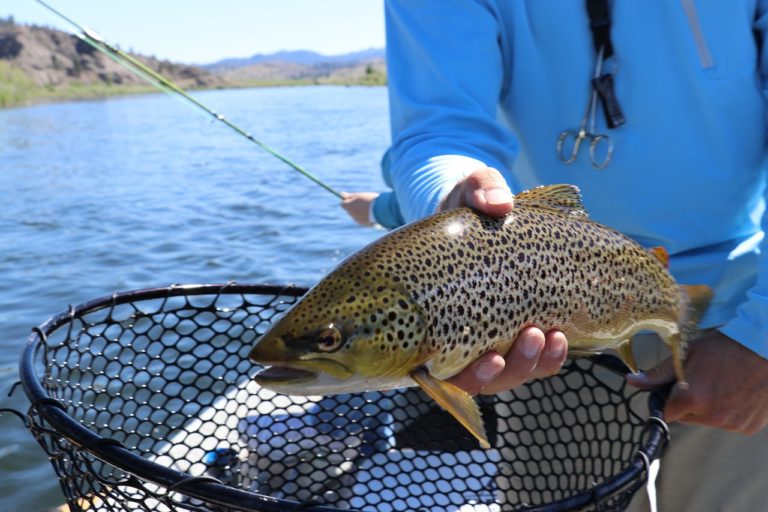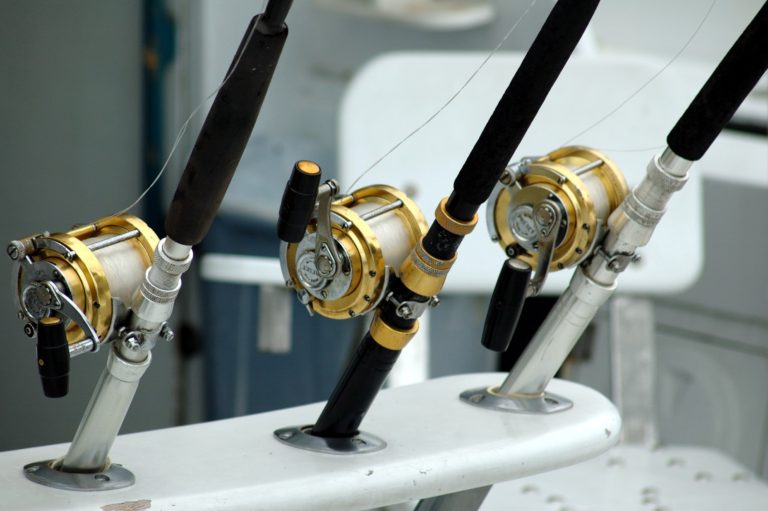Bonefishing: Everything You Need to Know
What is Bonefishing?
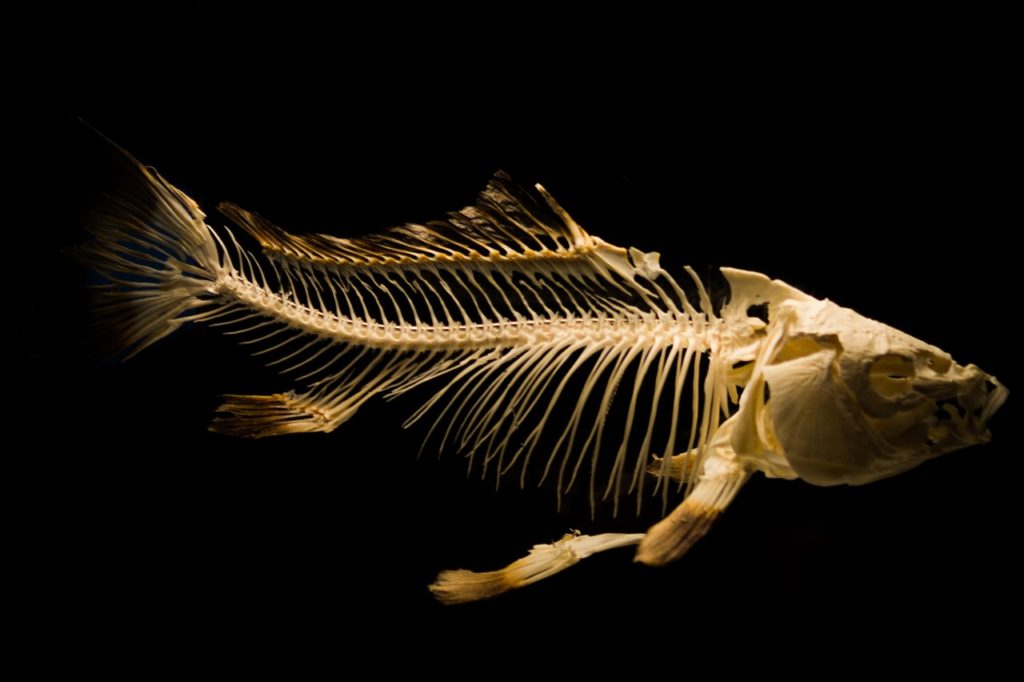
Bonefishing, as the name suggests, is simply the sport of fishing for bonefish.
A popular catch among sport fishermen, the bonefish is a swift, elusive creature found in warm coastal waters, known for its resilience and fight.
This fish’s unique characteristics, coupled with the thrill of the chase, make bonefishing an exciting and challenging pursuit for many fishing enthusiasts.
Where Can You Bonefish?
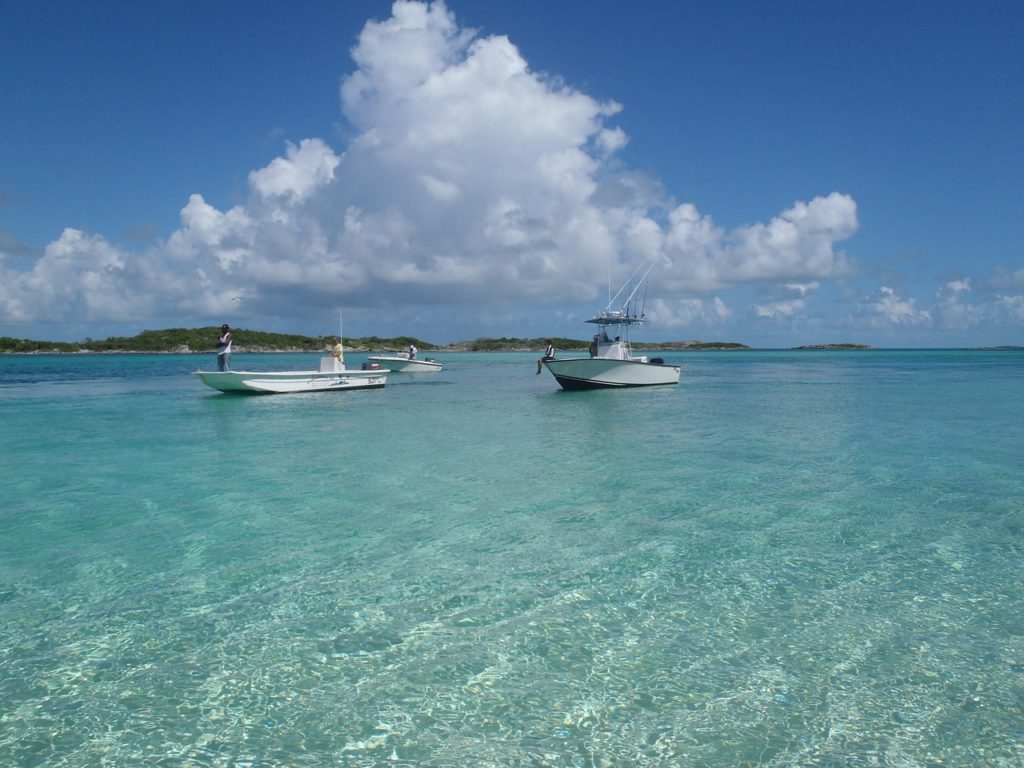
Bonefishing hotspots are scattered across various regions, including the Bahamas and the Florida Keys, known for their warm, inviting coastal waters.
Belize and Mexican waters also serve as popular locations for this sport. Bonefish prefer areas near mangroves and on flats, making these environments ideal for fishing enthusiasts seeking their next big catch.
These locations offer not only an abundance of bonefish but also provide a thrilling and scenic fishing experience.
How to Catch Bonefish?
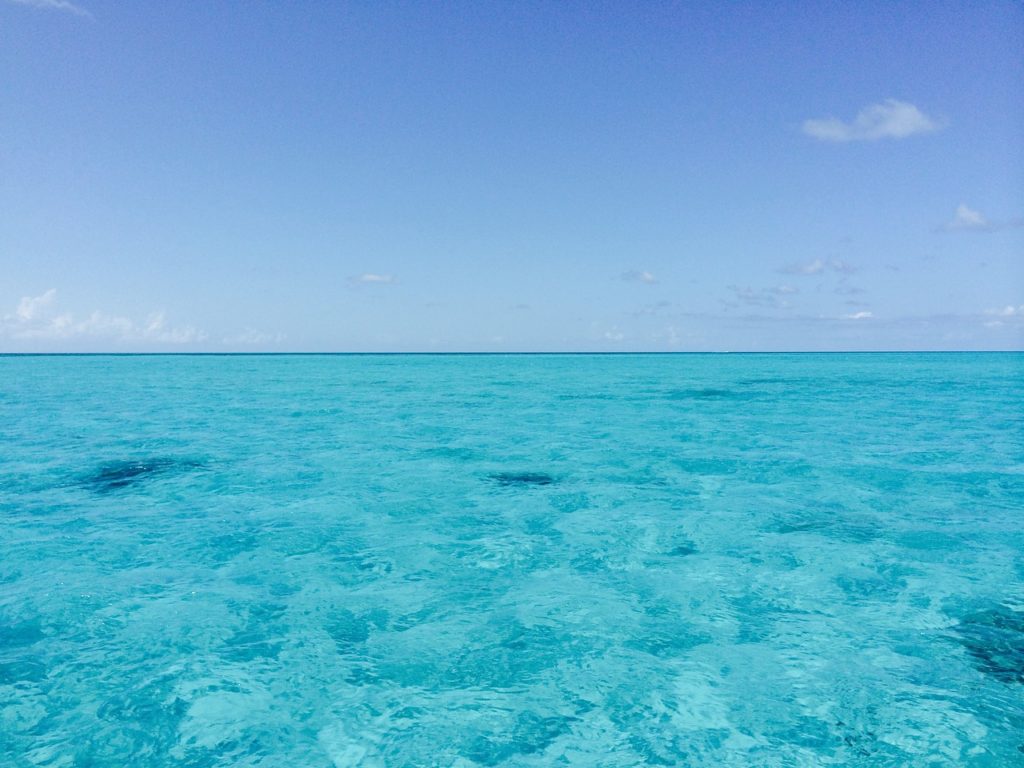
Catching bonefish can be performed in several ways, with each method offering its unique thrill.
Among the favorites is fly fishing, a technique that many seasoned anglers prefer due to the challenges and rewards it presents.
If you’d like to learn more about fly fishing and what is takes to get started, visit our Ultimate Fly Fishing Guide!
Bonefish are not always easy to locate, adding a layer of excitement to the hunt. These fish have a voracious appetite and will readily snatch up well-presented flies.
Lastly, their strong, vigorous fight makes landing a bonefish an exhilarating accomplishment for any angler. Being on flats allows these anglers to wade in the shallow waters.
This technique, known as “wade fishing,” enables them to stealthily approach their quarry, ensuring that the bonefish are not spooked prematurely. This challenge of seeking and spotting the bonefish on flats contributes to the overall thrill and adventurous spirit of bonefishing.
Bonefishing Tips
Use a Guide
Opting to use a guide for bonefishing can be highly beneficial, especially for those unfamiliar with the sport or location.
Bonefish habitats are often in secluded, hard-to-reach areas, making navigation and access challenging.
Experienced guides possess extensive knowledge of these territories and can lead anglers directly to prime fishing spots, enhancing the likelihood of successful and enjoyable fishing outings.
Cast Quickly
Bonefish demonstrate behavioral patterns significantly different from trout.
Unlike trout, which typically maintain a stationary position and wait for food to drift their way, bonefish are continuously on the move.
Therefore, when a bonefish is spotted, anglers must cast swiftly and accurately to capitalize on the fleeting opportunity.
Wear Polarized Sunglasses
Polarized sunglasses are a crucial asset for any bonefishing endeavor, as they eliminate water surface glare and enhance underwater visibility.
Their use significantly boosts the angler’s ability to detect the presence and movement of bonefish, even under tricky water conditions.
This enhanced vision not only improves the spotting and casting accuracy but also makes the overall bonefishing experience more thrilling and successful.
Learn to Double Haul
The technique of double hauling can be an invaluable skill when bonefishing.
Essentially, a double haul involves pulling back on the fishing line with your free hand during both the backcast and forward cast strokes.
This method significantly increases the line speed, enabling you to achieve greater casting distance — an advantage that proves particularly beneficial in windy open waters.
Frequently Asked Questions
Are Bonefish Difficult to Catch?
Catching bonefish indeed presents several challenges, primarily related to locating them in their natural habitats, which often involve navigating to remote and difficult-to-reach areas. However, these challenges do not necessitate one to be an experienced angler, as with the right help and a little patience, even novices can enjoy the thrill of catching a bonefish.
